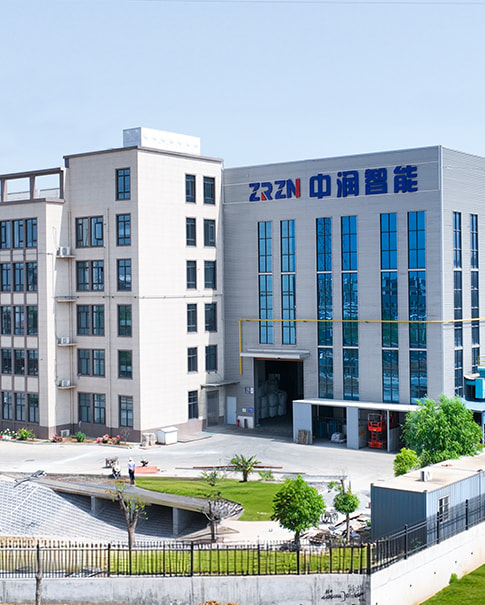What Are You Looking For?
What Are You Looking For?

If your concrete plant struggles with frequent mixer blade replacements, the core issue may lie in alloy microstructure—not just material hardness. While most suppliers focus on chromium content alone, advanced high-chromium iron blades leverage controlled carbide distribution to resist abrasion. Here’s how this science translates into unprecedented durability for mixing equipment.
Concrete abrasion wears down components through a combination of impact and friction. Standard blades use generic chromium iron, but optimized high-chromium alloys form uniform M₇C₃ carbides during solidification. These needle-shaped carbides act as a reinforced "skeleton" within the material, blocking crack propagation and reducing wear rates by up to 60% compared to conventional blends.
Raw alloy composition is only half the solution. Advanced subcritical tempering at 450–500°C refines the matrix structure, enhancing toughness without sacrificing hardness. For example, blades treated this way withstand 150,000+ m³ of concrete mixing—triple the lifespan of standard components. This process also minimizes residual stress, preventing premature fracture under heavy loads.
Field data from Turkish and Southeast Asian plants confirm the impact:
| Application | Standard Blades | Optimized High-Cr Blades |
|---|---|---|
| Service Life | 60,000 m³ | 150,000–180,000 m³ |
| Maintenance Intervals | 8 weeks | 24–30 weeks |
| Cost per Cubic Meter | $0.52 | $0.29 |
One Turkish plant reported 65% less unplanned downtime within six months of adoption.
Success depends on tailoring alloys to local conditions:
High-silica aggregates: Boost molybdenum content to resist micro-cutting
Acidic environments: Increase nickel proportion for corrosion resistance
Variable workloads: Combine high-carbon zones (for hardness) with ductile regions (for impact resistance)
"We custom-designed blades for a Vietnamese plant processing corrosive coastal aggregates. Their mixer liner lifespan increased from 4 to 13 months without changing operational habits."
— Engineering Director, ASEAN Region
Chasing low initial costs often backfires through recurrent downtime and replacements. By investing in microstructurally optimized blades, plants gain predictable maintenance cycles and consistent mixing quality—transforming wear parts from recurring expenses into value drivers.
Upgrade to Science-Backed Durability
Stop treating blade replacement as inevitable. Our metallurgists analyze your aggregate composition and operating data to recommend tailored high-chromium iron solutions.
→ Request Free Wear Analysis [Contact Link]